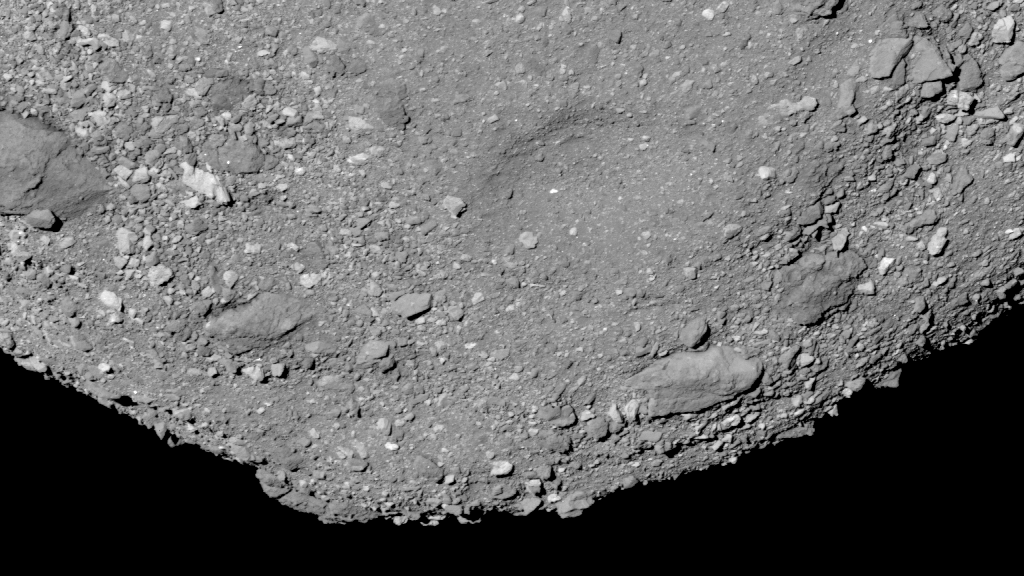NASA Gets Support From Public to Choose a Landing Site on Asteroid Bennu

People support NASA by helping it choose a landing place for the OSIRIS-REx on asteroid Bennu. The space object is estimated to orbit an average of almost 105 million miles from the Sun.
The space agency confirmed that it had picked a landing spot on Bennu, a few weeks ago. It wasn’t a simple choice, but NASA had to select from four various landing areas. Bennu, on the other hand, it is more than that. The asteroid had shown a real challenge for any landings, due to its edgy, bumpy surface. It also has many small and large boulders that could be dangerous for the next spacecraft landing.
So, to find one right spot, researchers required to search through pictures of the space object’s surface collected by the spacecraft and painstakingly discover and flag possible harm. What could NASA do? The space agency requested help from the public.
NASA Chose a Landing Site on Asteroid Bennu Thanks to the Public
The citizen researchers came through in a significant way, with many developed teams worldwide participating in the project. The teams discovered rocks, measured the size of boulders, and verified the dimension of craters. After that, they transferred the details to annotations on maps of the asteroid’s ground. The team, almost 3,500 citizen scientists, realized an incredible amount of 14 million annotations trough the CosmoQuest mission developed by the Planetary Science Institute (PSI).
Many of them signed on to log only a few stuff, creating approximately 10 photos each. Some of the citizen scientists, however, succeeded in displaying a fantastic commitment to the project, working many weeks to record tens of hundreds of pictures, each of which needed an amount of 45 minutes to realize.
Thanks to so many devoted people, the OSIRIS-REx team could pick the Nightingale landing spot, knowing that it had both the needed material to be sampled and the minimum amount of threats possible. Pamela L.Gay, Senior Scientists and Senior Education and Communication Specialist at PSI, detailed: It is amazing that more than 3,500 citizen scientists participated in CosmoQuest’s project to map Bennu and help mission scientists find the best place for OSIRIS-REx to collect a sample.”
0 comments